






www.winemerchantmag.com
Golden State offers a golden opportunity for independents


“California has such varied terroirs that it can turn its hand to pretty much any style and grape variety you might care to think of”

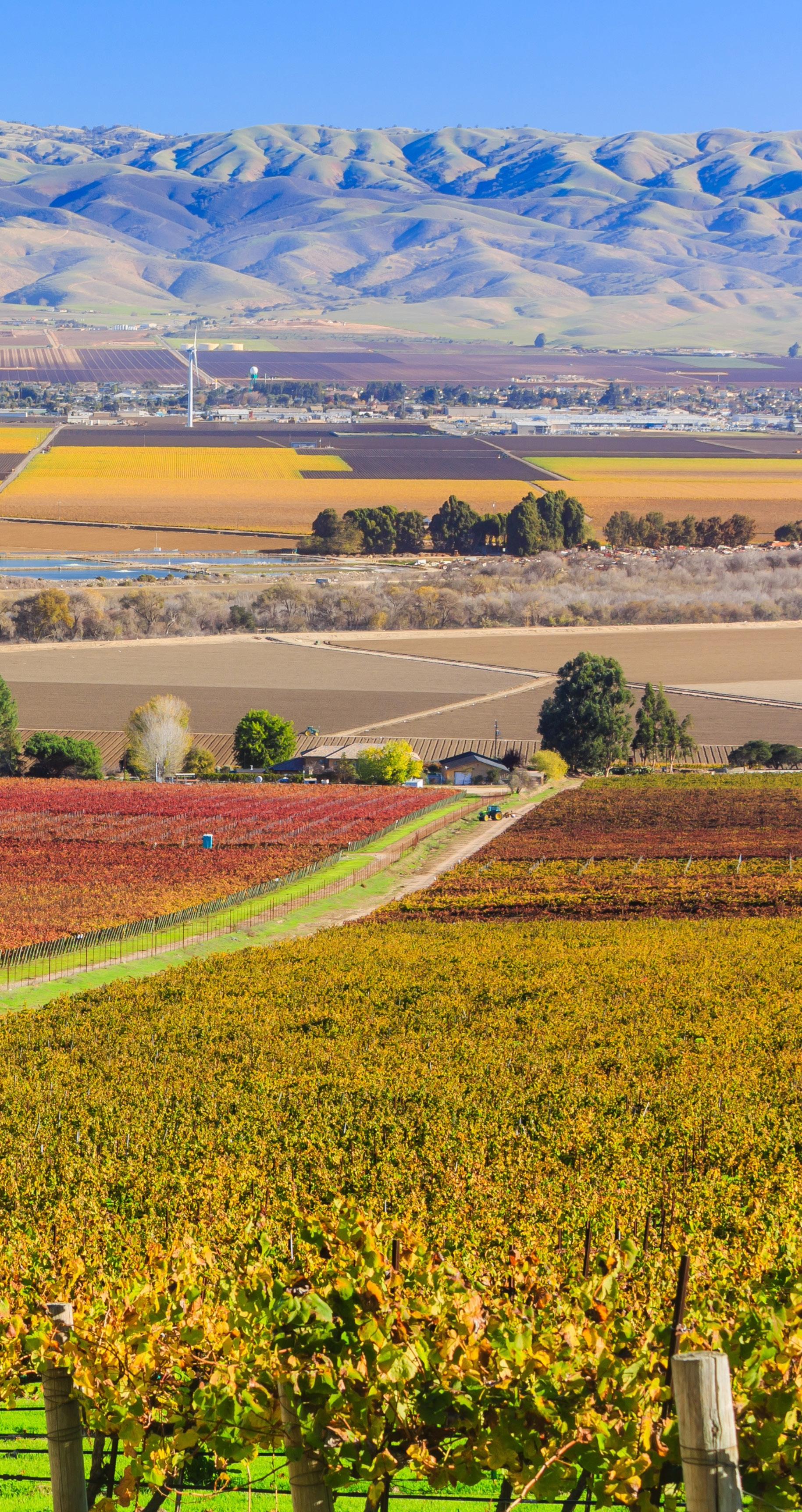
It’s quite easy to understand why there’s so much good feeling towards California wine in the independent off-trade. The Golden State, after all, is a winemaking region comprised of such varied terroirs (soils, climates, altitudes, expositions) that it can turn its hand to pretty much any style and grape variety you might care to think of. It’s also replete with the kind of highly skilled, well-travelled, innovative winemakers able to turn those raw materials into wines of world-beating quality, individual character and multifaceted charm.
That, certainly, was the range of attributes seen in the wines arranged before the panel of independent wine merchant judges at this year’s California Collection. This fascinating tasting, which The Wine Merchant has been running in tandem with the Wine Institute of California for 10 years now, always offers a vivid snapshot of the stylistic breadth and quality emerging from California’s near-100 AVAs. But this year’s event, which featured a remarkable 135 wines submitted by leading suppliers, did seem to offer a particularly exciting crop, a bumper harvest of wines that our judges had to work very hard to narrow down to the final 50 that fill the following pages.
The feeling of excitement was no doubt helped by the fact that this was the first time we’d conducted the tasting “in real life” since Covid; for the past four editions the judging had taken place remotely, with each judge receiving their wines to taste in their shops. As effective as that method was, it was a real pleasure for all of us involved in the judging to share our enthusiasm (and our occasional critiques) as we tasted.
And pleasure is the operative word when it comes to summing up the 50 California Collection 2025 wines, too – not to mention the dozens of entries that only just missed out on a place in the final selection. Time and again, our judges’ notes spill over with exclamations of enjoyment – “yum!” ; “delicious”; “lovely” – a fact that emphasises just how good California winemakers are at making wines that excel in wine’s most important role: to provide (that word again) pleasure.
Of course, a one-region tasting of this scope is also a good opportunity to run the rule over any trends in the place in question, and this year’s results show California to be stronger than ever in the two best-represented varieties, Chardonnay (13 selected) and Pinot Noir (11), which together occupy almost half of the final selection. Other traditional varietal strengths Cabernet Sauvignon (nine) and Zinfandel (six), also fared well, and it was heartening to see some of the highest-scoring wines involving Grenache, Mourvèdre, Syrah, Chenin Blanc and Semillon, too. But then that’s all very much par for the course in a state that has never been more diverse, nor more endlessly inventive, in its relentless pursuit of vinous happiness.
David Williams



rachel gilbert
pacific wines
london
jimmy smith
streatham wine house
london
bryan houde
wine monkey
chippenham
verity sessions
palate bottle shop
shoreham, sussex
natalia ribbe
sète
margate
kelly boss
starmore boss
sheffield
ben mcveigh-whittaker
peckham cellars
london
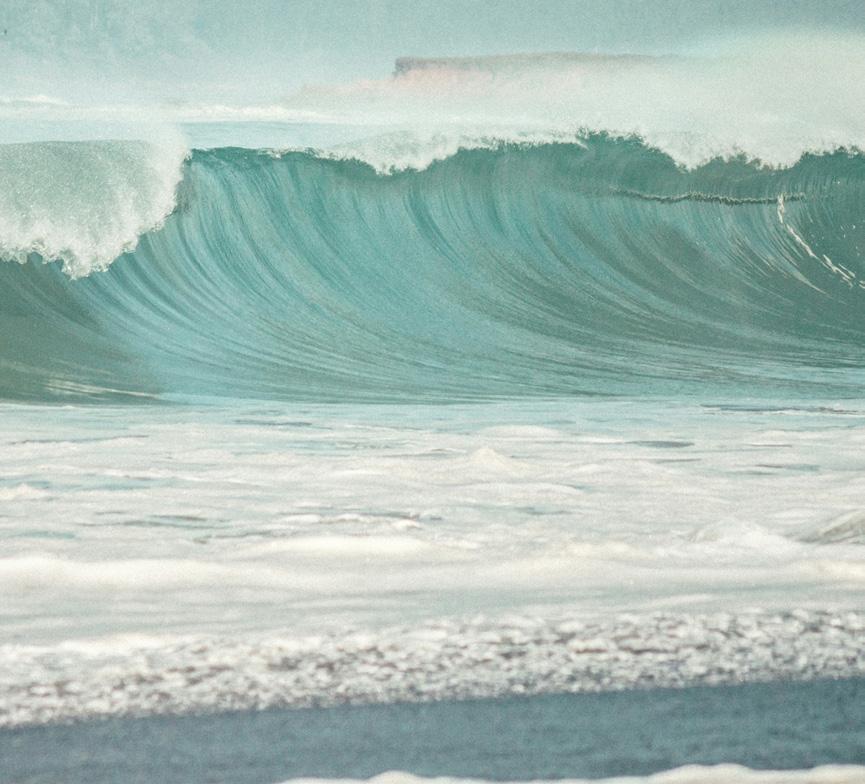





anderson valley maisons marques et domaines
The esteemed eponymous Champagne house’s Anderson Valley outpost is firmly established as one of the stars of Californian sparkling wine, and this cuvée has been a long-standing favourite of California Collection judges. A Chardonnay/Pinot Noir blend sourced, as is always the case, entirely from organic and biodynamic estate fruit, it contains a portion of oak-aged reserve wines. The result is a wine that is “deliciously creamy on the nose, with zippy, pithy lemon and tangerine,” the judges said.


Brut NV
Carneros
Hatch Mansfield
This Taittinger-owned producer has an appropriately big reputation for its sparkling wines (and still Pinot and Chardonnay) all sourced from its 400 acres of estate vineyards, spread across six sites. A blend of 58% Pinot Noir with 42% Chardonnay, with the Pinot having several days’ skin contact, this rosé is “smooth, elegant, opulent, with strawberry sweets and toast – like a fancy breakfast!”

2015
Napa Valley
Roberson Wines
A wine that elicited some fairly elemental expressions of pleasure from some of the judges.
“Yum,” they said. “Tinned peaches and pineapple with lime juice. A fresh nose and a delightful gooseberry and grass-scented finish.” It comes from organic, dry-farmed fruit grown in a vineyard planted in the 1950s (and tended ever since) by the Hoxsey family in Yountville. “Great to see a white wine with a decent bit of age,” the judges added.

A Californian take on the Graves/Pessac formula of oak-fermented and aged Sauvignon Blanc, Merry Edwards’ winemaker Heidi von der Mehden ferments her fruit in French oak barrels, with twice-weekly lees stirring for depth of flavour and texture. For the judges, it’s a highly successful recipe for producing an “opulent, soft style, but one that is also juicy, succulent and fresh, and with a very long vibrant finish that more than justifies the retail price.”

Chenin may not be the first variety that springs to mind when you think of California’s best white wines. But the ever-adventurous, minimumintervention team at Birichino show how good it can be when planted in the right site and once the vines have enough age. The Jurassic Park vineyard is one such place. Planted at 335m above sea level on “sandy, well-drained limestone”, the ungrafted vines are now 46 years old, which helps explain what the judges called the “delicious depth” of “golden apples, minerals, and fresh lemon”.

Sonoma Coast FELLs
One of the key players in the establishment of the Russian River Valley as a premium wine region, La Crema began its life in 1976 and has been part of Jackson Family Wines since it was acquired by Jess Jackson in the early 1990s. The fruit is sourced from top cool-climate sites throughout the Pacificcooled Sonoma Coast AVA, and fermented and then aged for six months in a mix of 17% new French and American oak barrels. “Lovely reductive style,” the judges said. “It has lift and freshness with green apple fruit: classy and fine.”

The Sebastianis are a longstanding presence in Sonoma wine country – the family has been making wine in the region for more than 100 years. Today they are among California’s canniest and most versatile producers, with a range of brands meeting very different consumer demands. The Path is a case in point, featuring as it does affordable wines from small, off-the-beaten-track vineyards, such as this unanimous California Collection judge-pleasing Chardonnay. “Just love this peach melba fruit-driven Chardonnay,” the panel said.

One of those “richly engaging, fruit-filled but balanced Chardonnays that California does better than anywhere in the world”, with its “spiced apple”, Wente’s single-vineyard Chardonnay reminded the judges of “that warm feeling you get when you eat a crumble: a hug in a glass and pure class”. It comes from a vineyard in Wente Vineyards’ extensive holdings in Arroyo Seco in Monterey County.

Colombian-born Bibiana González Rave studied winemaking in Bordeaux and had stints at some of the biggest names in French, South African and Californian fine wine (from Haut-Brion to Au Bon Climat) before establishing her Cattleya project in 2012, followed by Alma Cattleya a few years later. “Fennel leaf frond, pink apples, menthol, white flowers,” said the judges. “It drinks like the perfect floral perfume. Supremely feminine, elegant and chic as hell.”

Santa Rita Hills 2022
Santa Rita Hills
Hallgarten Wines
A wine that was singled out by some as “the wine of the flight”, Sanford Chardonnay has its roots in two of California’s most coveted coolclimate vineyards in the Santa Rita Hills: Sanford & Benedict, planted in 1971, and its younger, adjacent sibling, La Rinconada. Both provide immaculate Chardonnay fruit. “With its citrus and granny smith apples, this is lovely and bright with proper intensity and minerals, and great salty length. Exceptional.”

Napa Valley
Roberson Wine
One of the original driving forces behind the “New California” of terroir- and acid-driven winemaking, Arnot-Roberts is the work of Nathan Lee Roberts and Duncan Arnot Meyers. Known for working with unusual grape varieties in off-the-beaten-track sites, the pair are no less adept with Chardonnay – as this “scintillating” example proves. “Chalky, lemon zest, high acidity, delicate and no obvious oak – this is for the adventurous customer looking for a very classy Chablis-esque style.”

San Luis Obispo Coast
Thorman Hunt
A blend of fruit from seven sites, this Chardonnay is “the quintessential expression of Talley Vineyards, representing the cool climate and hillside topography of our home on the San Luis Obispo coast.” Judges were struck by the “flowing, fullbodied, richly engaging but fresh and tangy fruit, beautifully integrated oak and acidity and the long, almost salty finish. This is a very classy, modern Californian Chardonnay, with the perfect balance of power and restraint, and a delightful texture.”


Santa Rita Hills
Thorman Hunt
Winemaker Matt Dees refers to the conditions in
The Hilt estate’s vineyards in the south western corner of the Santa Rita Hills as “refrigerated sunshine”. It’s a perfect environment for making what the judges called a “very refined and classy, silk-textured, clean and precise style of Chardonnay”. Aged in a mix of 60% neutral oak, 35% new oak and 5% stainless steel, with extended lees contact, this is a wine of “great freshness and density and real length”.

Carneros
Bibendum
As one of the judges said about this “top-class” Chardonnay, “it’s worth stocking for the name alone”. The price, too, is “compelling”, but it’s the wine itself that seals the deal. Sourced from two vineyards on the Napa side of the Carneros AVA, it is, the judges said, “impeccably made, with good roundness, richness and balance. Oak and lemon skin combine in a wine of excellent ripeness – there’s an attractive lemon meringue pie character.”

Central Coast
Roberson Wine
The modus operandi at Sashi Moorman and Rajat Parr’s groundbreaking, Burgundy-inspired, coolclimate operation has remained pretty much the same since the pair’s first vintage in 2009. In their words: “Purchase Chardonnay and Pinot Noir from responsibly-farmed vineyards, and vinify them all the same – to show the singular coastal beauty and nuance of each site.” This Chardonnay is “lifted and elegant, soft and smooth, with reductive notes and terrific freshness”, according to the judges. “A classy wine made with real drive and vivacity.”



“From the early days of my wine career, California Chardonnays and Pinots were what jumped out at me; Zinfandel as well”


“I try and champion

verity sessions, palate bottle shop
I do love California wines. I’d say from the early days of my wine career, California Chardonnays and Pinots were what jumped out at me; Zinfandel as well. When I worked for Majestic, years ago, those were the wines that I was going to buy at Christmas.
I try and have a couple of entry-level benchmark California styles that are affordable, so if someone comes in and says, “I want a California Chardonnay”, I can say, OK, here’s one for under £20.
I try and champion lesser-known growers who are doing something maybe a bit different, a little bit more interesting: more natural wines, fun, creative wines with a good story and good personalities behind them.
There’s a great winemaking scene in California and just being here at the judging makes me want to go visit and explore.

“Chardonnay is the state’s most interesting variety”
jimmy
We have two wine schools, and we teach Capstone, which is the wine education programme for California in Europe, so I’ve been immersed in California since we launched in 2021.
California is such a massive state, we should probably call it a country. Chardonnay is probably the most interesting grape variety across the state. There’s great Pinot, great Zinfandel, great Cabernet … but you can find beautiful styles of Chardonnay from Santa Maria, from Santa Inez, from Santa Barbara, even the West Sonoma coast, going up to Annapolis, all the way down towards Bodega Bay. You’ve got beautiful salty Chardonnays, which you would line up against a Chablis. And then you can go into the old-vine country of Lodi, down the delta, into somewhere like Sacramento, where you’ve got powerful, complex, sweeter vanilla styles. You can have everything, really, in California.

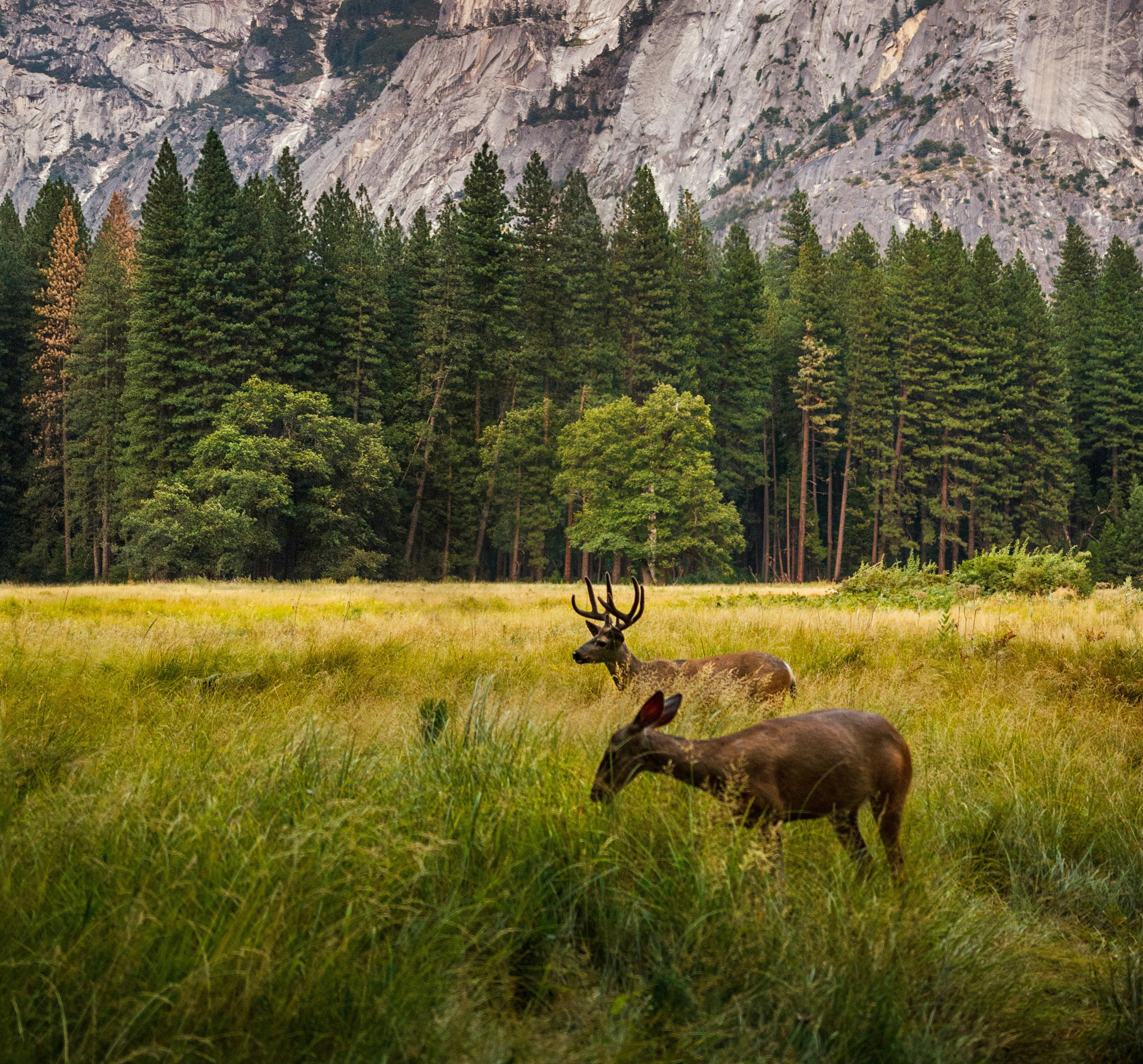


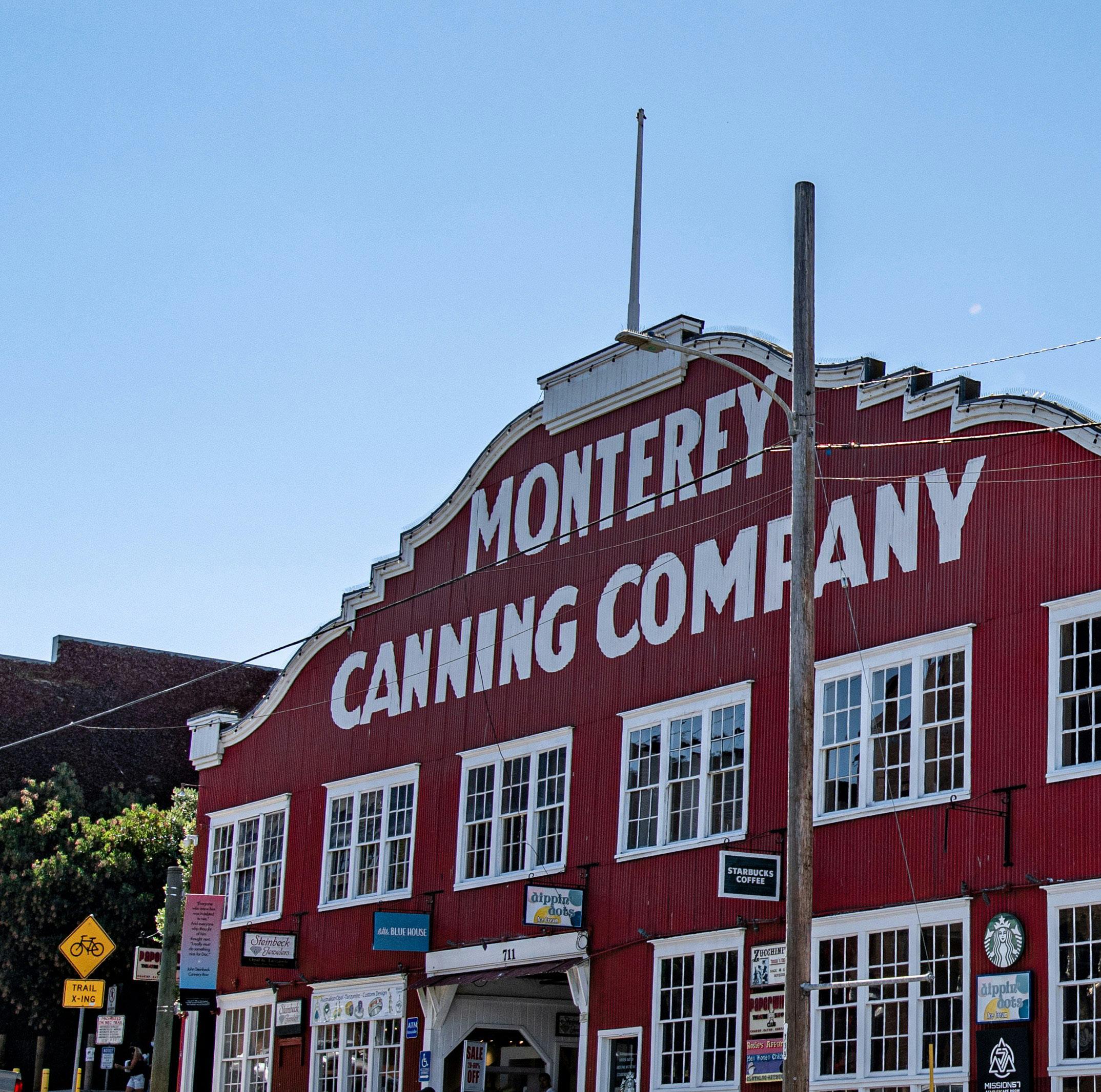

Anderson Valley
The Rouzaud family is known for its excellent sparkling wines, both in Champagne and California. But they also have a collection of top-flight still winemaking ventures,including Domaine Anderson “where redwood forests meet the Mendocino coast”. Winemaker Darrin Low takes a sensitive, organic approach to this Chardonnay, which, the judges said, charms with its “lime pickle, lime curd and lemon” in a “decidedly elegant style that favours balance and freshness and a subtle medicinal herbal component”.


Santa Lucia Highlands Bibendum
Morgan’s Double L Estate Vineyard is the only certified organic vineyard in the Santa Lucia Highlands AVA. It was planted in 1997, with a north-south orientation providing “optimal wind and sun exposure,” according to the winery. This Chardonnay is fermented in one third new French oak, with full MLF and plenty of lees stirring, to deliver what the California Collection judges called an “all round good Chardonnay – a good benchmark for what the state can deliver, with lovely roundness and ripeness that looks and tastes more expensive than it is.”

Sonoma Coast Bibendum
This producer became independent again when James Hall bought it back from Ste Michelle Wine Estates last year. So Patz & Hall can double down on its original mission: “Seeking out the very best small, family-owned Chardonnay and Pinot Noir vineyards in California” to make wines such as this bottling of “18 single-vineyard quality sites”, which the judges described as “superbly refreshing and cleansing, with bright apple fruit. Great price and label, too!”

Hatch Mansfield
The second wine from the Taittinger family’s Californian outpost in this year’s selection is a blend of fruit grown in all six Domaine Carneros estate vineyards. Fermented in small open-top fermenters and then aged for nine months in “mostly neutral” French oak, it’s a “perfect Cali Pinot for lovers of classically-styled Cali Pinots”, the California Collection judges said. “Succulent sweet cherries are beautifully balanced with spicy notes – very accessible, poised and well made.”

Santa Maria Valley fells
Acquired by Barbara Banke and Jess Jackson in 1986, Tepusquet vineyard became the starting point of what has gone on to become one of California’s leading Pinot producers and is today run by owners (and Banke and Jackson’s daughters) Katherine and Julia Jackson. “Delightful light soft fresh fruit alongside some lovely savoury tones,” the judges said. “This is a grown-up but accessible Pinot with a spicy edge.”

sonoma county jeroboams
Owner Baron Ziegler and winemaker Rob Fischer have access to some of Sonoma’s best vineyards to make their range of expressive varietal wines. For this “delightful” Pinot, three-quarters of the blend is sourced from prime Russian River AVA sites. With 25% whole-bunch fermentation, and ageing in French oak for 10 months, it’s a wine with “some richer Sonoma vibes,” the judges said. “Dark fruits, clove spice, smooth and velvety tannins. Yum.”






“We’re able to find California wines at every level of price point”
California wines do really well in our store. We definitely have clients that come in and are predominantly wanting to buy Pinot Noir from California. When you want that kind of complexity that you can get from Burgundy, but without those Burgundy prices, that’s where people are looking. So we do really, really well with California Pinot.
But we’re always looking for wines at different price points for our customers. The £50-£60 wines are always going to be great, they’re always going to be complex. But then we want to find stuff that we can put in at a lower price point for everyday favourites, which we do really well with. So for example we have a Pinot from Monterey which retails for under £15.
I think generally, for California wine, we have been able to find things at every level of price point.

“California is so much more interesting” ben mcveigh-whittaker, peckham cellars
If people are coming to spend at a price point, I think California is a good option and somewhere they’re willing to go, because they just know they’re going to get good wines.
I teach a lot of WSET and it frustrates me a little bit. It’s sort of like, “Central Valley, warm; the coastal areas, a little bit cool”. And it’s so much more interesting than that. The cool-climate wines coming out of Santa Barbara especially are phenomenal.
California Pinot Noir prices have stabilised. If someone comes into the shop and says, I want to buy Burgundy, honestly, I wouldn’t be able to show them something under £90 that I would want to drink, whereas there’s a whole host of stuff from California at £30, £50, £60 that I would really want.

Pinot Noir 2022
Santa Rita Hills
Roberson Wines
“Dried violets, green peppercorns, rich cherries, cinnamon, star anise … this is a wine that really stands out, constantly changing in the glass,” said the judges. “That’s a real hallmark of a fine wine, and this is super-fine: so pure and fragrant, but mixing substance and depth with elegance and class.” Just like the Santa Rita Hills Chardonnay, it’s made in the typical Sandhi way, which means wild fermentations, minimal additions and unobtrusive oak.

Pinot Noir 2022
Sonoma Coast
Roberson Wines
With its “sumptuous and succulent palate filled with wild cherry and super-fine tannins”, this Pinot “is an immediately appealing style with serious depth and length”, according to the judges. “Beautifully fragrant, it’s a wine with genuine appeal for serious Burgundy lovers but which will make many other friends,” they added. It’s the work of former stockbroker Jamie Kutch, an influential pioneer of cooler-climate, elegant winemaking in California.

Pinot Noir 2021
San Luis Obispo Coast
Thorman Hunt
Talley Vineyards is associated with its home AVA: San Luis Obispo Coast, the coldest in California. The Pacific Ocean brings cooling breezes to the vineyards, where Brian Talley and winemaker Eric Johnson are specialists in cultivating fresh and balanced Chardonnay and Pinot Noir.
“Pretty, elegant, fruit tart layers, gentle spice, white pepper, raspberry, guava, orange zest and strawberry sweeties,” the judges said. “This is a zesty star of a Pinot Noir.”


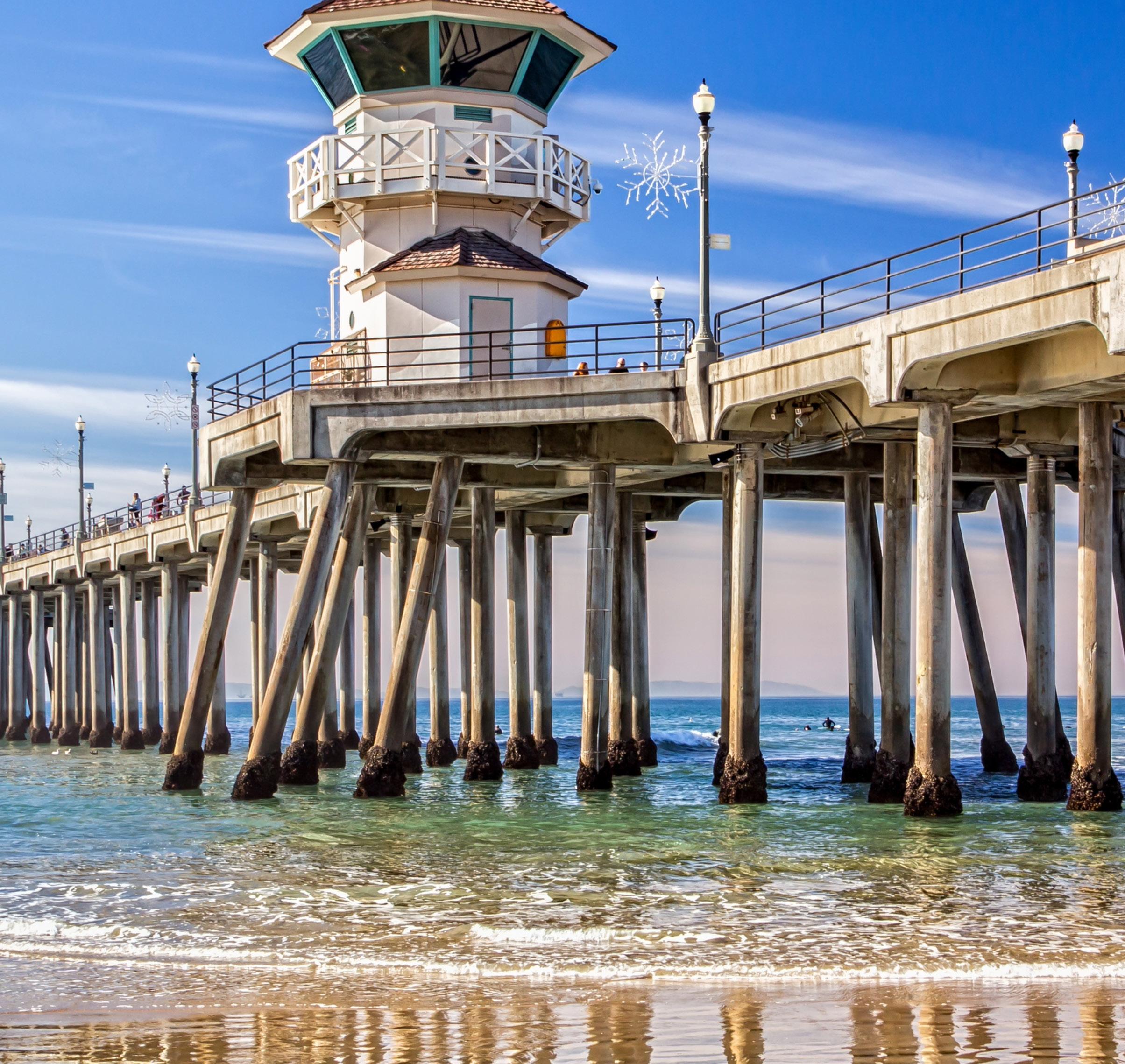


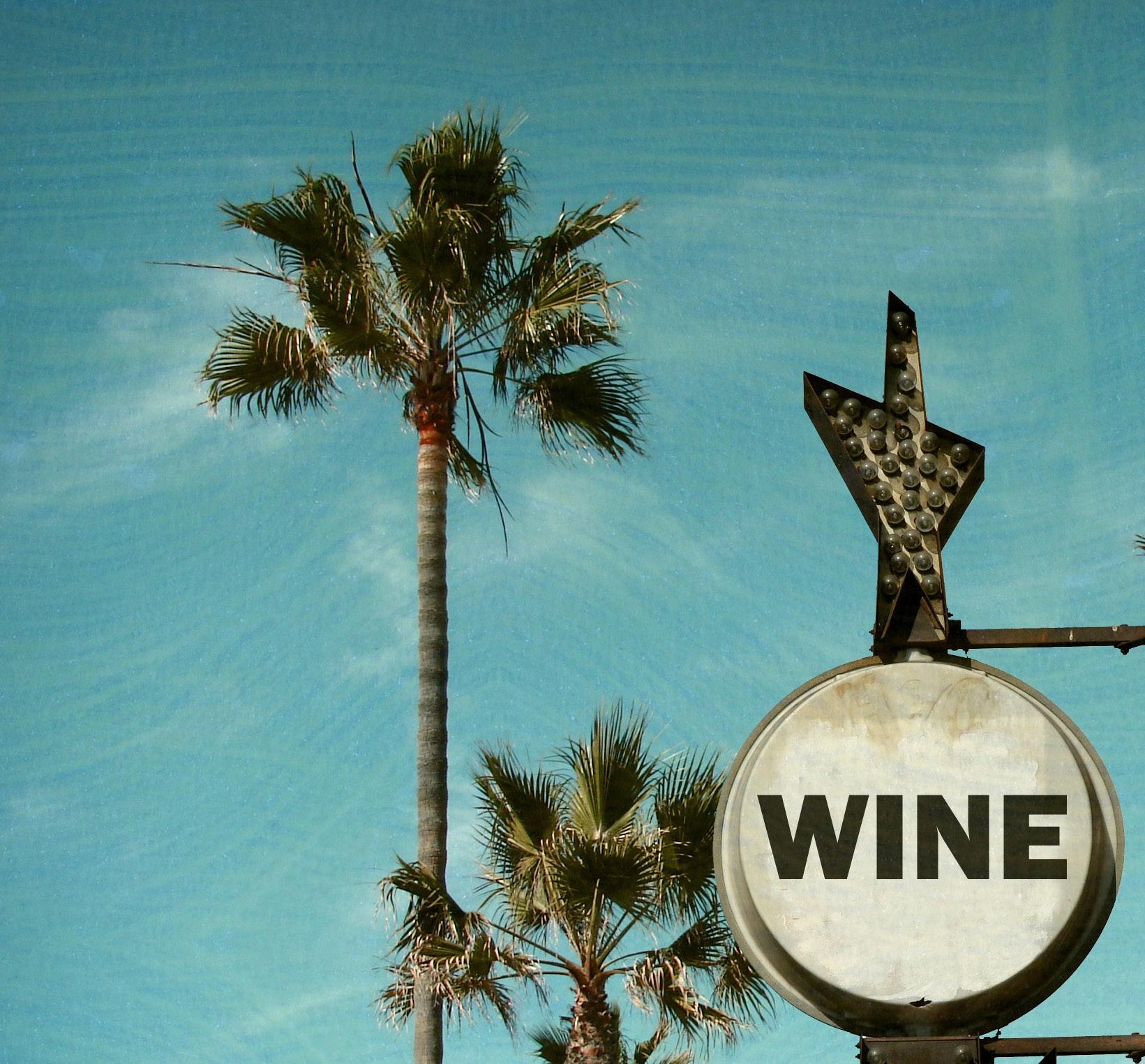



Migration has taken to sourcing the fruit for its much-admired cool-climate Chardonnay and Pinot Noir from top sites in the Sonoma Coast. Part of the Duckhorn portfolio of brands, the Migration Pinot is aged for 10 months in 100% French oak (39% new, 61% neutral). “Very floral, lifted and fragrant, with raspberries and a touch of vanilla,” the judges said. “Good chalky note, fine tannins, clever oak integration, definition and freshness. Very good.”

Hallgarten
Situated just seven miles from the Pacific, with the Santa Ynez Mountains’ east-west orientation helping to funnel the ocean breezes through the vines, the Sanford & Benedict and Rinconada vineyards have a remarkable 33 different clones, and 40% of the vines are 50-year-old ungrafted original plantings. “Just a fabulous bottle of Pinot-joy,” the judges said. “Really good clarity of fruit – bright, fragrant, pure – and the texture is so elegant, with gentle, soft tannins.”

The Leese-Fitch stable of expressive varietal wines really captured the judges’ attention: the combination of attractive price points and quality winemaking, along with crisp, clean, eye-catching presentation all coming together in a package “that really works” in the independent sector. The fruit for this “accessible” blend comes from Lodi, Clarksburg and Paso Robles, and includes a little Petite Sirah and Merlot. “This is a great price for an easy-drinking, fruity style, with strawberry laces and a soft feel,” the judges said.

Anderson Valley
This wine from the Rouzaud family’s high-flying California operation is a “lovely soft, ripe, red berries-and-spice-filled” Pinot from organic and biodynamic vineyards. The estate is varied in exposition, altitude and soil type, bringing complexity to wines which are handled with impeccable sensitivity by Darrin Low. “Elegant yet luxurious, with keen, deep, but bright pure red fruit and silky, silky tannins,” the judges said. “Delicate, with a herbal edge, this is top-flight California Pinot.”

Pinot Noir 2018
Santa Lucia Highlands Bibendum
If clonal diversity is one of the keys to complex Pinot Noir, vineyard site is at least as important. Here’s a wine where both elements are in place, with the fruit all sourced from high-ranked sites in the Santa Lucia Highlands AVA, including Morgan’s Double L estate, which is farmed organically and provides around two-thirds of the final blend. It’s a wine that “looks great” and is “full of authentic Pinot character, with earthy, spicy tones alongside the soft fruit and nicely managed oak.”

Mendocino
One of the early pioneers of modern California wine, Edmeades started in 1963, with some of the first modern plantings in the Anderson Valley. By the 1970s, the family had become known for establishing Zinfandel from hillside vineyards in Mendocino as one of California’s most important calling cards – a reputation the producer, part of the Jackson Family Wines portfolio since 1988, retains today. “Feels a lot lighter than it is,” the judges said. “Juicy, accessible, lots of fruit – the essence of red berries with refreshing tangy, spicy tones.”

Haarmeyer is a family-run winery with an unusual focus: Chenin Blanc. But the family’s talents also lift the wines they make from other grape varieties, including Nebbiolo, Riesling, Blaufränkisch and the 52 varieties used to produce a wine inspired by Vienna’s Gemischter Satz. They have also mastered California’s very own Zinfandel, using old vines from Lodi. “A real star and so much fun,” the judges said. “Strawberry and forest fruit Starburst, in a lighter, juicy style with just enough spice and grip.”

Turley, which takes its name from its founder, medical doctor Larry Turley, has become synonymous with high-quality Zinfandel. The Juvenile bottling is the fruit of vines between six and 25 years old, which gives, as the judges noted, a distinctive style. “It’s clean, bright, superbly fresh and lively – really classy and vibrant,” they said. “This is Zinfandel at its happy juicy, berry-fruited best, that would be the perfect bottle for a family dinner.”

An example of one of Turley’s renowned singlevineyard bottlings. The vineyard in question, Ueberroth, is one of the estate’s oldest, planted on steep limestone slopes where, the family says, “you can smell the Pacific Ocean air from the top of the vineyard hill”. Farmed organically, the wine is then aged in a mix of used (80%) and new French and American oak. “Focused, floral, fine tannins, and not in any way overripe, this is superb – really high-quality Zin’,” the judges said.

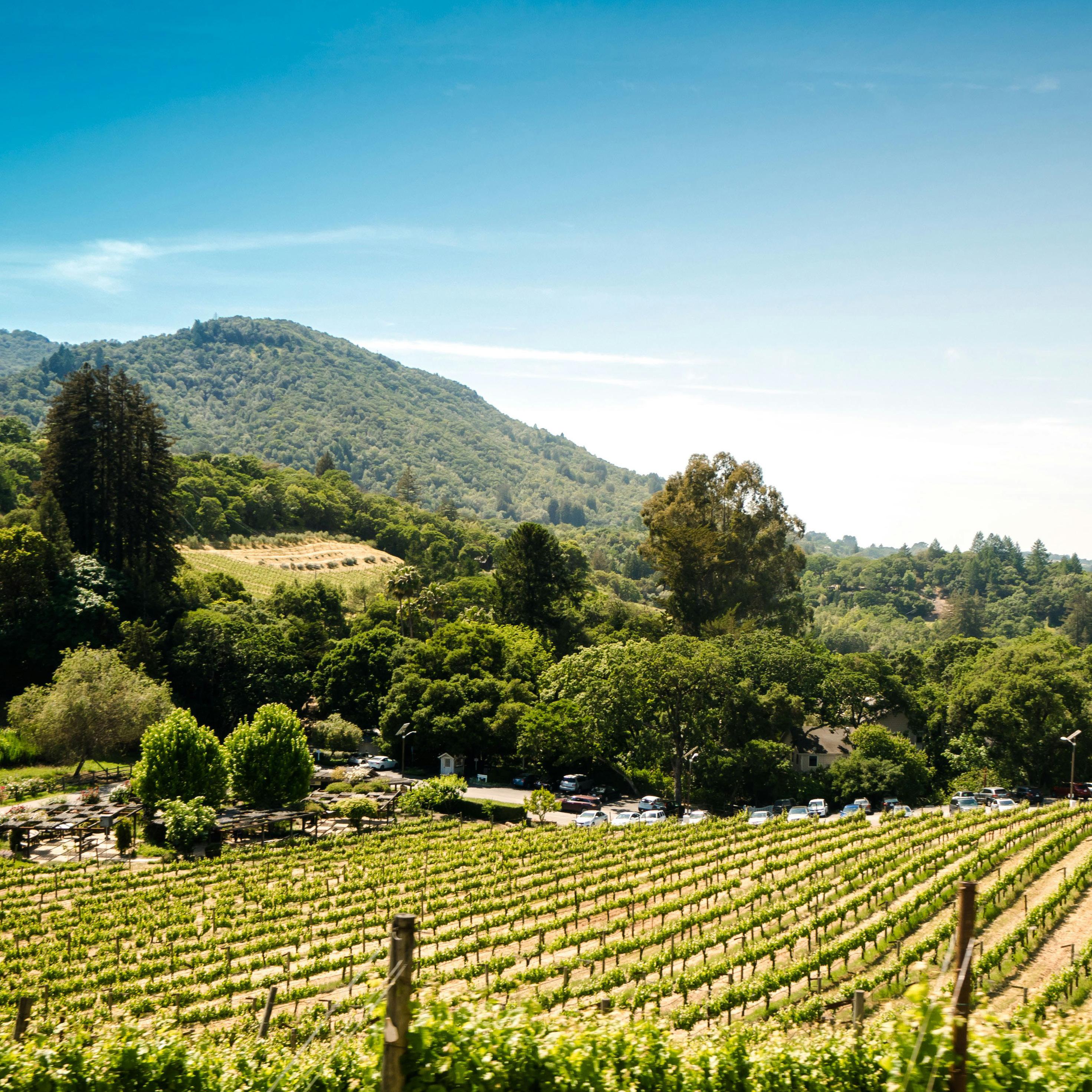


“One of the challenges is to stop the stereotypes that have formed”
rachel gilbert, pacific wines
If somebody said to me, you can only drink wine from one place in the entire world, it would be California, because there is nothing I can’t get.
The thing is, though, what does “taste of California” mean? Because California has so many microclimates that I think one of the challenges they have is to stop the stereotypes that have formed, especially around Chardonnay, but around all of the wines. People just think it’s one thing, and it’s so not.
An Anderson Valley cold-climate, high-altitude Pinot Noir is just so different to the Russian River Valley. And even that is so different to even the West Sonoma Coast. One is like spice and rye-cooked raspberries and cherries. And the other is kind of deep red, popping red cherry with vibrancy and zippiness, and they’re really not that far apart. And then you go down into Santa Rita Hills, and you get something completely different again.

“I was impressed by elegant Cabernets”
bryan houde, wine monkey
People used to say California was the new Bordeaux and that Oregon, where I’m from, was the new Burgundy. So stylistically, that tells you a lot. There’s not very much overlap.
When you think of California Cabernet, you think of massive, heavy, giant oak. But there was only one, maybe two, in the tasting that I got that sensation from – the older style that we think of. The wines were fresh, they were delicate, they were well made. They were elegant. I was actually quite impressed.

Another celebration of the Sebastiani family’s extensive network of leading growers from around the state – a network that enables them to source some of the choicest parcels for producing varietal wines at price points that hit a real independent sweet spot. “It may not be the most complex wine in the tasting, but this does a really good job of offering all that juicy Zin fun that many customers love so much,” the judges said. “Berry fruit and tea leaves, soft and easygoing – and a good price.”

The history of Viano, which is today run by the fourth and fifth generations of the family, starts back in 1920. Their vineyard, too, is historic, having been planted in 1888, and the family’s philosophy today is all about working in the “most natural” way possible to express the venerable site. “Gentle but bright – this is an outstanding wine for the money with so much character,” the judges said. “Dusty spices mingle with fresh bright cherry fruit – not at all heavy, but delicious concentrated fruit.”

Rutherford Hill AVA ABS Wine Agencies
Rutherford Hill started its life in 1972 and has been part of the Terlato family’s portfolio since 1996. It is perhaps best known as a producer of some of California’s finest Merlots. But winemaker Michael Coode also impresses with Cabernet, which here comes from 100% estate fruit, aged for 20 months in French oak. “Love this,” the judges said. “Classic Cabernet fruit. Polished, suave, plush. Sweet tannins, depth of fruit, great acidity and a very high drinkability factor.”

Valley
Joseph Phelps is perhaps best known for Insignia, a groundbreaking Bordeaux blend first bottled in 1974. With winemaking now shared by a talented team led by Ryan Knoth and Justin Ennis, the founder’s name lives on in some of California’s most classically styled, in-demand wines. “Very serious stuff for serious wine lovers: dark, brooding, and with masses of concentration, this is a fine wine that will reward long-term ageing,” the judges said. “Exactly what you want from Napa Cab.”

Like its Chardonnay counterpart, another high-scorer on the “bang-for-buck index”, according to the judges. It’s part of a brand that the family-run company says looks to “unearth small vineyards tucked away from main roads like forgotten treasures”. “A touch medicinal, with decent fruit and simply awesome value –you don’t normally get this sort of quality of Cali Cab fruit for this sort of price,” the judges said.
“It looks the part, too: good job all round.”

Paso Robles
Postmark makes full use of partnerships with some of Paso Robles’ finest growers for a wine that the California Collection judges admired for its “intriguingly different Cabernet character”. Aged 15 months in 100% French oak, of which 35% is new, and 65% neutral, the fruit comes from growers in Templeton Gap, Adelaida, El Pomar and Estrella. “Really good fruit and something different – great depth of blackberry, chocolate, and spice flavour, soft tannins and creamy texture.”

Valley
Based in a former riding stables on the Silverado Trail in the heart of Oak Knoll District, the multiaward-winning Black Stallion is owned by the Indelicato family – one of California’s oldest and most influential winemaking families and the name behind Delicato Family Wines. Cabernet is, naturally, a key variety for the estate, with this bottling offering “properly ripe fruit, polished and very suave tannins, and a touch of smoke. Juicy and plump: you could sell this all day long”.

Napa Valley
The winery Mike Grgich co-founded with Austin Hills in 1977 continues to occupy a special place at the forefront of California wine. The flagship Napa Cabernet is based on fruit from the estate’s Yountville vineyard, augmented with selections from Rutherford and Calistoga – all farmed organically. “Precise black fruit, menthol, and well-judged oak spice,” the judges said. “This wears its alcohol very well, with lovely balance: a very elegant, classically styled Napa Cab.”

Sonoma County
Bibendum
The Dry Creek Valley in Sonoma County is perhaps best known for its high-quality Zinfandels. But Dry Creek Vineyards believes it can be every bit as good for Cabernet, producing distinctive wines it argues are “some of the finest in California”. The estate bottling, which also includes some Merlot and Malbec, certainly won round the judges to that point of view. “Smoky, meaty inviting with black pepper,” they said. “Good fruit, bold flavour but with a delicate floral-herbal quality.”


Alexander Valley
Cachet Wines
One of the biggest names in the Alexander Valley, Jordan has always looked to Bordeaux as a model, an influence that can be seen in the emphasis the winery places on the importance of ageing. With one of the best-stocked cellars in California, the company is able to release wines with the benefit of bottle age – such as this 2017 vintage. “Gorgeous,” the judges said. “A Cab that doesn’t hit you in the mouth but instead takes you on an elegant journey through dark fruit and spice.”

napa valley TOP SELECTION
Other parts of the Duckhorn portfolio are known for expressions of single varieties, Paraduxx is all about “the world’s great blends, Napa Valley style”. In this case, the blend is a kaleidoscopic, Napa-sourced 51% Cabernet Sauvignon, 15% Zinfandel, 13% Malbec, 10% Merlot, 6% Syrah, 5% Petite Sirah, aged for 18 months in French and Hungarian oak. “Lovely inviting nose, fruit and flowers, good Cabernet tannins and flavour, but with much more going on.”

Founded in 1883, Wente is proud to be “the oldest continuously operated family-owned winery in America”. Not that the estate, which today has vineyards in Livermore Valley, San Francisco and Arroyo Seco, has ever been stuck in the past, producing a range of fairly priced wines that continue to appeal to consumers. For the Sandstone Merlot, fruit is sourced from hillside vineyards on sandstone soils for a wine “filled with delicious fresh cherry compote fruit”.
“It’s been an education for myself, as much as for


“My love of California wines has come recently” natalia ribbe, Sète
My career has always driven me to more Austria and Germany, right away from California wines. I have been to Napa and and I have been a part of teams that did list them. But I would say my love for them has come more recently, in the last three to five years. I think it’s been an education for myself, as much as for my guests, to taste outside of my comfort zone. Maybe I was also one of those people who were putting California in a box.
I tend to bring in Chardonnays, and I don’t tend to list a lot of Cabernet Sauvignon. I do actually have quite a few customers who have been drinking California wines since the 90s or early 2000s and they pigeonholed them into being super-oaked and buttery or, you know, that very classic new world California style.


But I know that they changed, and they’re growing. So I really try and introduce people to things that maybe they otherwise would have said no to.
This year there were 135 wines entered into our California tasting, all from UK suppliers who work with the independent trade.
The wines were flighted and put on display at WBC’s showroom in south London, which had been generously made available for our use.
Our seven independent judges were invited to work through as many flights as they liked, with all wines tasted at least five times. We asked them to place a star sticker on wines that stood out, and by counting up the bottles with the most stars, we were able to arrive at our 50 winners. (A few stand-out wines had seven stars.)
As in previous years, this was not a blind tasting, so packaging played a small role in the decision-making. But ultimately the winners were decided on the quality, and value for money, of the liquid in the bottle.

Alexander Valley
Decoy has built a solid reputation since 1985 with a mission to produce “attractively priced wines from exceptional vineyard sources”. With fruit sourced from Decoy’s own vineyards in the Ridgeline and Brownell estate vineyards in the Alexander Valley, the Merlot is a core part of the range – and one that certainly appealed to the judges. “Really nice dark fruit – this is beautifully balanced on the sweetsavoury cusp. Not too grippy, it has a lovely silky feel that has many food-matching uses.”

Santa Lucia Highlands Bibendum
Named for the G17 road that links a number of Morgan’s best sites across Monterey County, this Rhône-inspired Syrah has a little Grenache and Mourvèdre in the blend for extra depth, texture and spice. Fermented in open-top tanks, it’s aged in French oak for nine months. “Nice style of Rhône Ranger – very pure Syrah character, with herbal characters along with the cherry, plum and berries,” the judges said. “A good grip in the tannins, finishing juicy, fresh and long.”

Newfound is one of the new breed of small, adventurous, sustainable family wineries. Described as “a wonderfully atypical” California wine from an “atypical California winery”, this is a blend of Grenache, Mourvèdre and Carignan made with whole-bunch, natural yeasts, extended skin contact and ageing in large, neutral barrels.
“A standout wine with red fruit, white chocolate, fresh herbs and spice, this is silky, sumptuous, and full of character,” the judges said.

San Luis Obispo ALLY
The goal of Tyler and Rachel Eck, the husbandand-wife team behind Dunites, is, in the words of UK importer Ally Wines, “to produce pure and elegant wines that respect the coastal influence of vineyard sites located on the uplifted seafloor and ancient sand dunes of the SLO Coast.” A job very much done with this 100% Grenache, which, the judges said, is “so vivacious and full of life with flavours of milk chocolate, red fruits, a tinge of liquorice and spice. “

Mendocino County
Hallgarten & Novum Wines
Owner Fred Peterson has been refining his minimum-intervention winemaking ideas in Dry Creek Valley for 30 years now. The headtrained, dry-farmed old Carignan and Grenache vines of the Tollini Vineyard create an “inviting, spicy, warm ripe wine filled with cherries ... Thanksgiving dessert!” according to the judges. “A perfect balance of big fruit, acidity, bitterness and ripe but grippy tannins. Cool label, too.”






